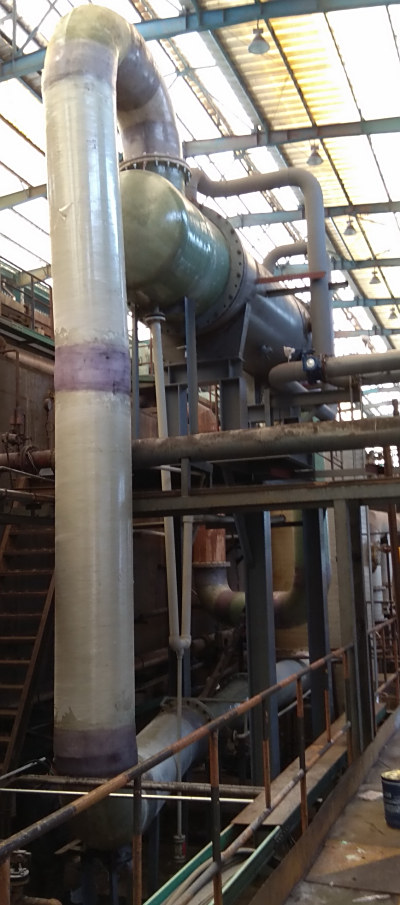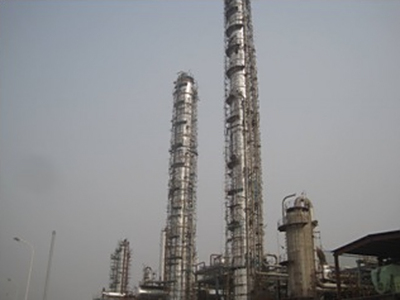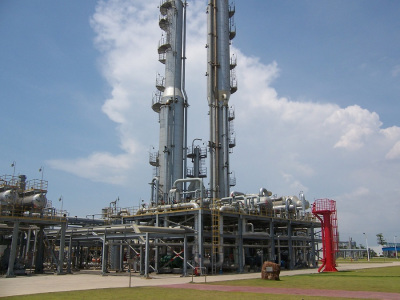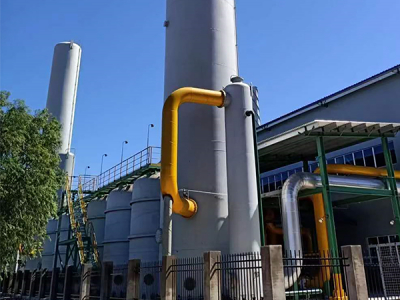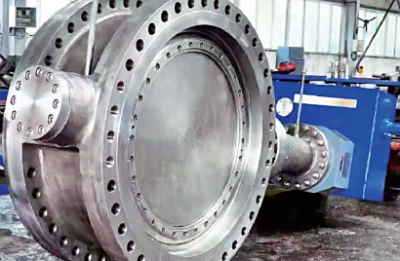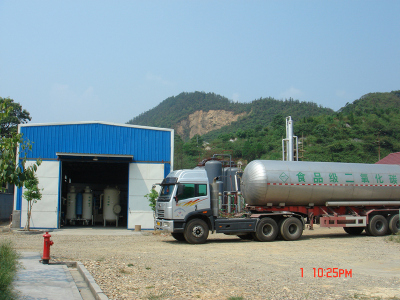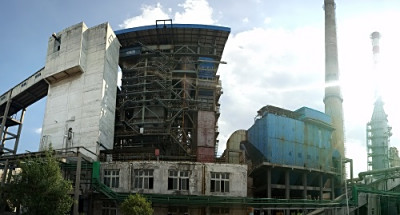In industrial hydrogen purification by pressure swing adsorption (PSA), the adsorbents generally adsorb the easily adsorbed components out of the gas mixture at ambient temperature and high pressure, while the not easily adsorbed components (such as hydrogen) flow out from one end of the bed as the product
Pressure-variable adsorption nitrogen generator (PSA nitrogen generator for short) is a nitrogen generating equipment designed and manufactured according to pressure-variable adsorption technology.
Nitrogen generator by pressure swing adsorption (PSA nitrogen generator for short) is a nitrogen generation equipment designed and manufactured according to the gas separation theory of pressure swing adsorption.
Our company provides waste acid regeneration technology and complete set of plant turnkey business, also provides technical services, technical transformation, spare parts sales of waste acid regeneration plant business.
Specialised equipment for acid regeneration: especially exhaust fans for acid regeneration, acid regeneration lances, rotary valves, graphite heat exchangers with cooling method (all of the above are patented by our company).
The desulphurisation and decarbonisation gas purification technology using polyethylene glycol dimethyl ether as the absorbing liquid is known as Seleoxl technology in foreign countries and NHD technology in China; this technology is listed in the National Key Industries Cleaner Production Technology Orientation Catalogue of the State Economic and Trade Commission.
Wet decarbonisation is a widely used decarbonisation process with low energy consumption and is widely used to remove CO2 and H2S from ammonia, methanol feedstock gas, refinery gas, city gas and natural.
The flue gas of a sleeve kiln (lime kiln) is characterised by low pressure, high temperature, dust content, low CO2 content and contains impurities such as NOx and SO2.
Variable Pressure Adsorption (VPA) CO2 removal process is widely used in ammonia, methanol, butanol decarbonisation units and urea, soda ash, industrial CO2 purification CO2 units as well as chi gas and CO2-containing tail gas recovery units due to its high degree of automation, convenient adjustment of removal accuracy, wide range of application, low energy consumption, and other features.
Adopting the internationally recognised new catalytic oxidation purification technology, the catalytic purification tower adopts a new type of internal cooling unit, so that the temperature distribution of the bed is in the appropriate reaction area, the normal production of heat balance, reducing the use of electric furnaces, and prolonging the life of the catalyst.
This technology is used to recover the greenhouse gas CO2 from flue gases, and the recovered CO2 can be used to solve the carbon imbalance problem in methanol or urea sections that use natural gas as a feedstock.
There are two mainstream denitrification technologies (1) selective catalytic reduction (SCR), (2) selective non-catalytic reduction (SNCR).
Ionic liquid flue gas desulphurisation technology is mainly used for the treatment and resource utilisation of sulphur dioxide in flue gas and other industrial waste gases. This technology can recover sulphur dioxide with purity as high as 99.5% for the production of chemical products such as sulphuric acid, liquid SO2 or sulphur at the same time of efficient desulphurisation, thus realising the resourceful use of sulphur pollutants.











